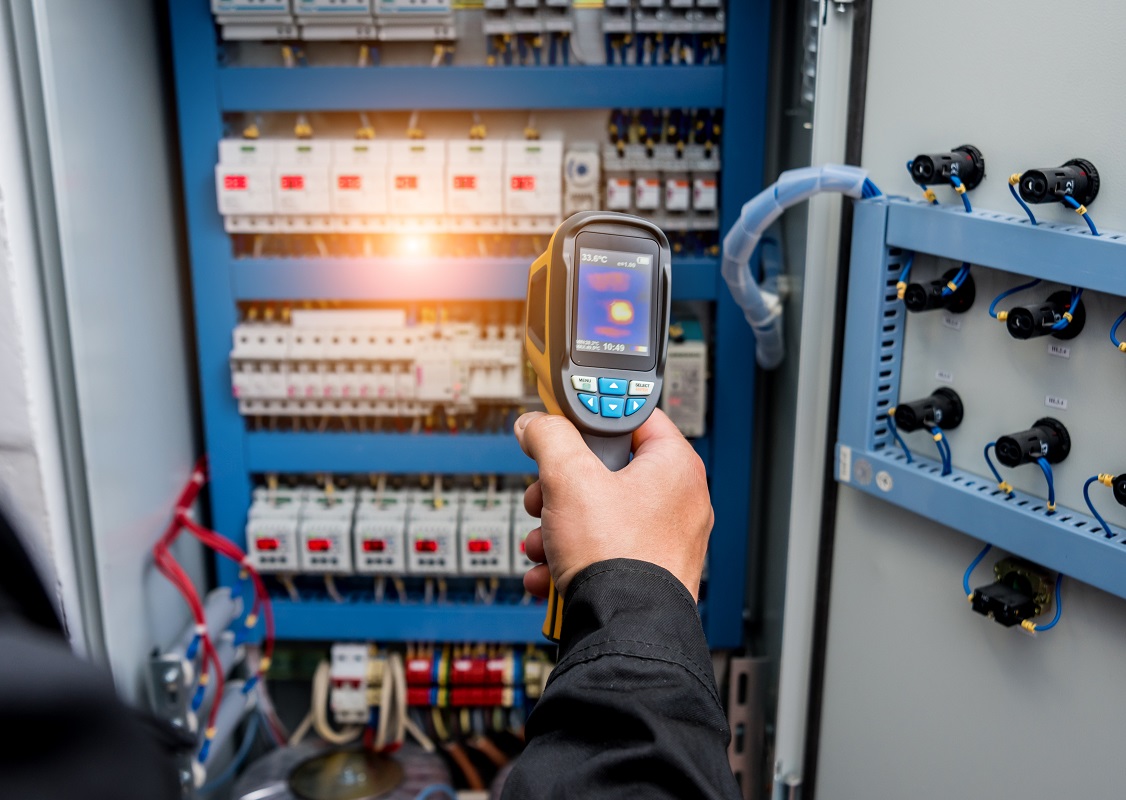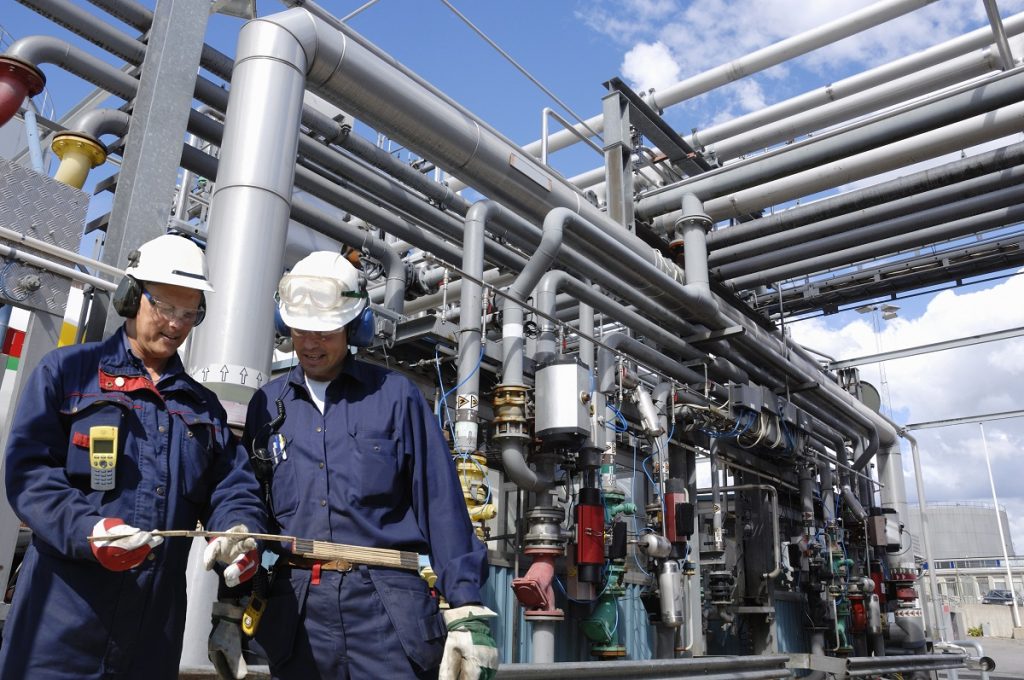- Real-time monitoring via vibration analysis, oil analysis, and thermography can detect potential equipment issues early on.
- Predictive maintenance, fueled by data analytics, remote vibration sensors, and IoT, prevents equipment failures.
- 3D printing technology enables the swift production of spare parts, reducing equipment downtime.
- Robotics enhance precision, reduce human error, and can operate in hazardous conditions, thus improving overall equipment maintenance.
In today’s world, industrial equipment is expected to perform efficiently and be long-lasting. This is where technology comes in. By integrating technology into the maintenance process, the lifespan of industrial equipment can be extended. The use of technology can help solve issues that arise from environmental factors, human error, or material wearing and tearing. This blog post will explore how technology can be utilized to ensure industrial equipment longevity.
Real-Time Monitoring
Real-time monitoring helps detect issues early on, which in turn reduces the overall downtime and repair expenses of the industrial equipment. The use of sensors and automation in monitoring equipment health checks helps identify potential problems before they escalate to major issues. The monitoring process examines the equipment’s performance and functionality, as well as factors contributing to wear and tear. Here are some examples:
Vibration Analysis
Vibration analysis is a key aspect of real-time monitoring that focuses on identifying abnormalities in the vibrational patterns of industrial equipment. The slightest deviation in the expected vibration level can signify a potential issue, such as misalignment or imbalance. With the help of a remote vibration sensor, these minute changes can be detected early on, allowing for timely intervention and preventing costly breakdowns.
Oil Analysis
Oil analysis is another crucial aspect of real-time monitoring. Regular oil testing can provide rich insights into the health status of industrial equipment. By examining the oil’s viscosity, contamination level, and the presence of any metallic particles, it’s possible to identify signs of internal wear, corrosion, or ingress of dirt and water. This predictive maintenance strategy can lead to significant reductions in unexpected equipment failures and extended equipment lifespan.
Thermography

Thermography, or thermal imaging, is an innovative technique used in preventive maintenance of industrial equipment. It identifies heat patterns and temperature changes in machinery components, which can signify potential faults or inefficiencies. Overheating, for example, is a common sign of mechanical overload or insufficient lubrication. By detecting such anomalies early, thermography allows for prompt corrective actions, enhancing equipment longevity and mitigating the risk of costly system failures.
Predictive Maintenance
Predictive maintenance is an advanced maintenance technique used in monitoring various equipment. With data obtained from real-time monitoring, equipment failures can be predicted, and maintenance can be carried out before the breakdown occurs. Through predictive maintenance, the equipment’s lifespan can be significantly increased and maintained in tip-top condition. Here are some things you’d need when you opt for predictive maintenance:
Data Analytics
Gathering and analyzing data from various sources, such as real-time monitoring systems and historical maintenance records, is crucial in predictive maintenance. This data provides insights into the equipment’s health status, performance trends, and potential issues. With the help of advanced analytics software, this data can be analyzed to predict future equipment failures accurately.
Internet of Things (IoT)
Incorporating the Internet of Things technology is another significant step toward predictive maintenance. IoT connects assets such as sensors, devices, and equipment to a central network for efficient data sharing. By collecting and analyzing real-time data from various industrial equipment, patterns can be identified, and equipment faults can be predicted before they occur. This proactive approach to maintenance can help reduce unexpected downtimes and increase the lifespan of industrial equipment.
Machine Learning

Machine learning, a subset of artificial intelligence, is becoming increasingly essential in the predictive maintenance of industrial equipment. It uses complex algorithms to analyze large volumes of data collected through real-time monitoring, historical equipment performance, and maintenance records. The system learns from this data to predict potential equipment failures, allowing for timely intervention. This intelligent use of machine learning can result in improved operational efficiency, reduced maintenance costs, and extended equipment lifespan.
3D Printing and Robotics
3D printing and robotics are revolutionizing the way individuals handle industrial equipment maintenance. 3D printing technology allows for the rapid reproduction of spare parts on demand, reducing downtime while waiting for replacements.
On the other hand, robotics enable precise and efficient repair tasks, minimizing human error. This combination of technology not only improves the maintenance process but also extends the life span of machinery, contributing significantly to the goal of maximizing industrial equipment longevity.
Furthermore, robotics can also assist in routine maintenance and inspection tasks, freeing up human resources for more critical tasks. They can also be used in hazardous environments or situations that require precision and accuracy, reducing the risk of accidents and human error.
The use of technology has modernized the way industrial equipment is maintained today, resulting in improving overall operational efficiency and maximizing the life span of the equipment. From real-time monitoring and predictive maintenance to 3D printing and robotics, virtual and augmented reality, and blockchain technology, these latest advancements enable equipment owners and maintenance personnel to carry out seamless and efficient equipment maintenance procedures. By incorporating technology, companies can save money, reduce downtime, and keep equipment in good condition, increasing the equipment’s efficient use and serving as an intelligent long-term investment.


